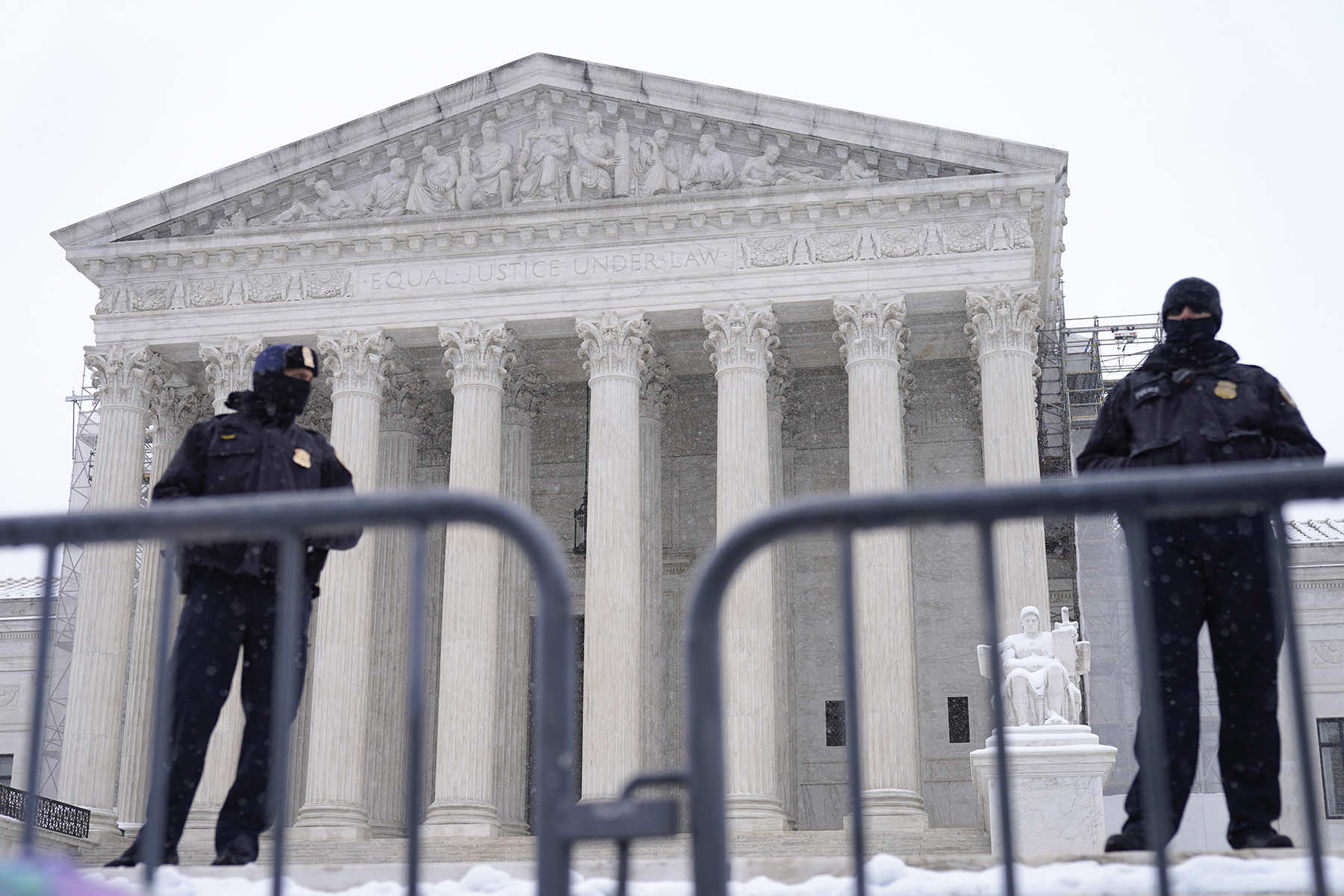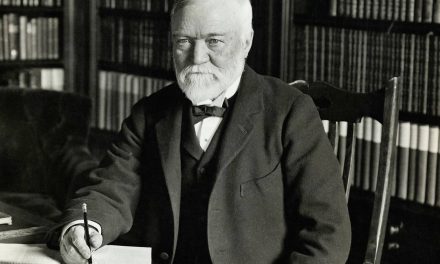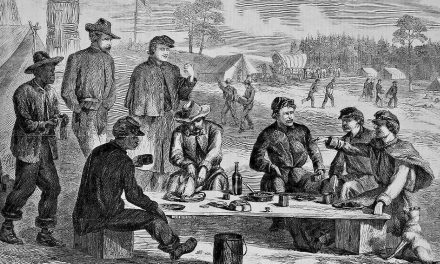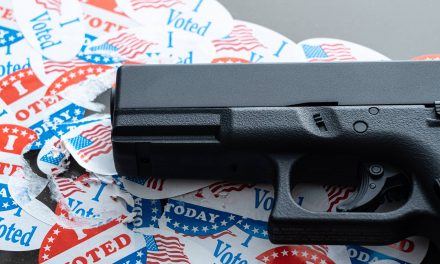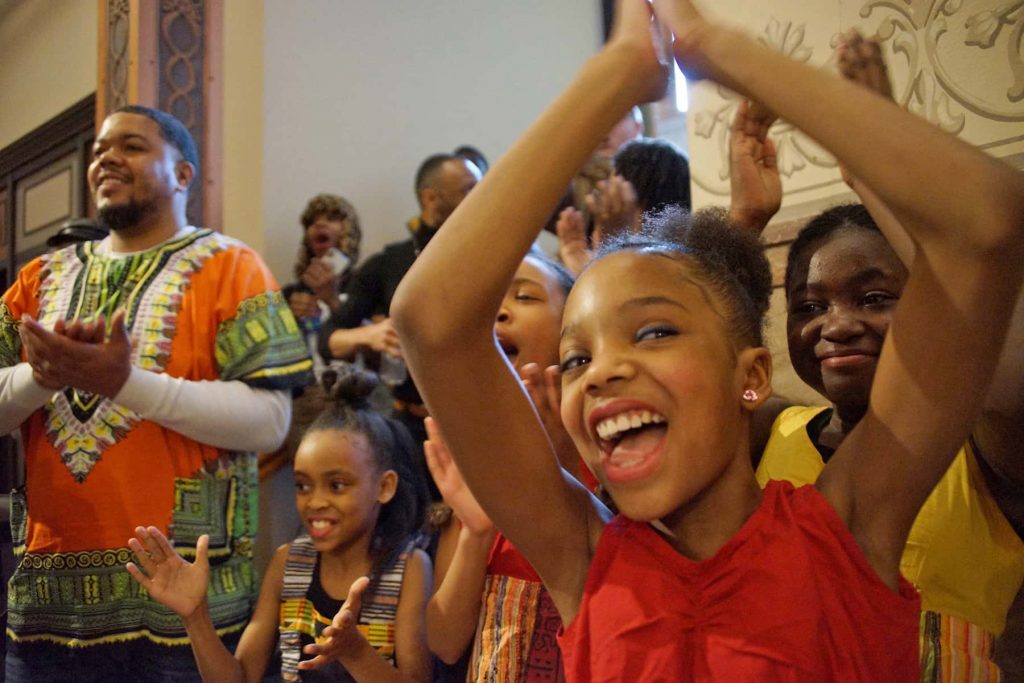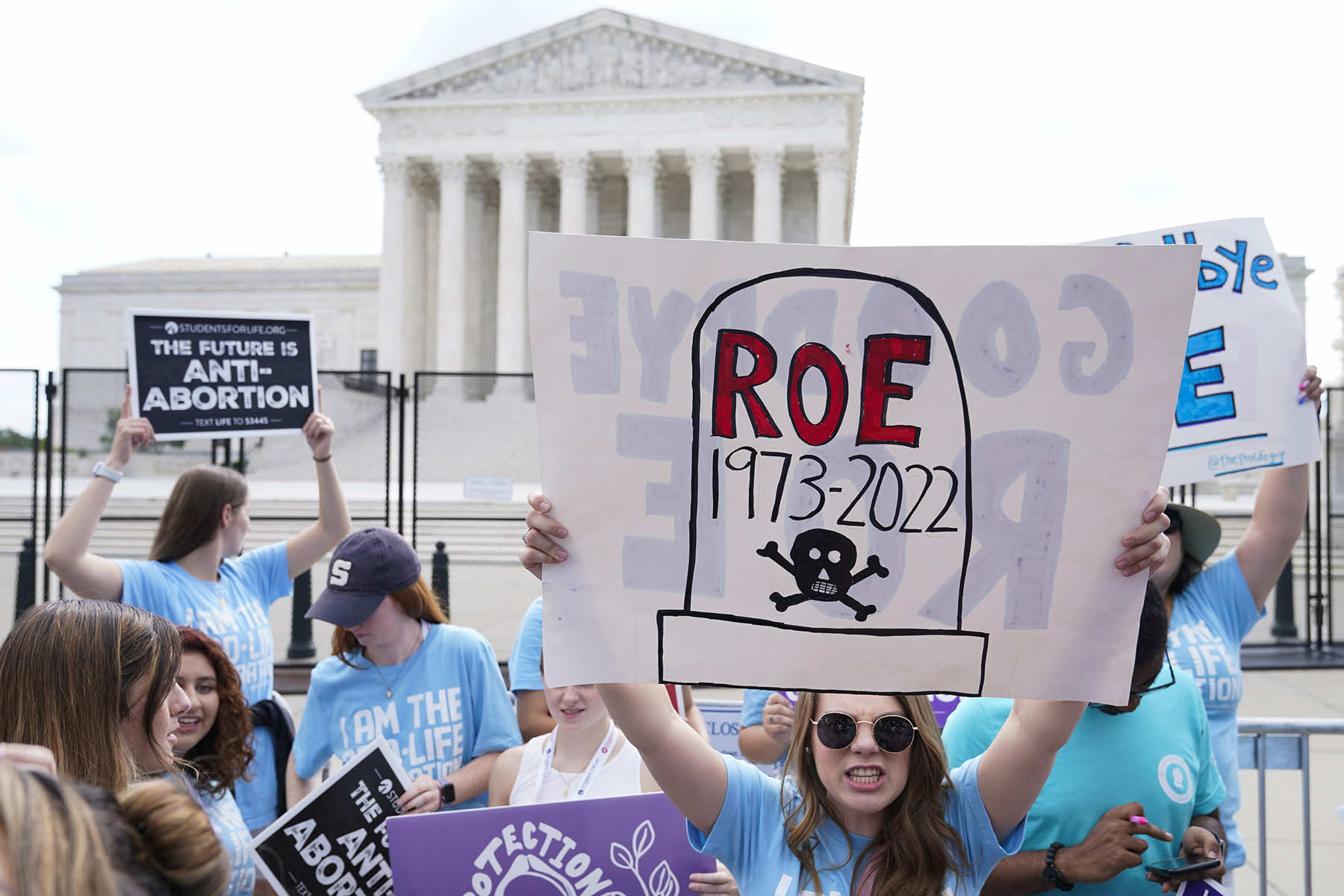
On January 22, 1973, the Supreme Court handed down the Roe v. Wade decision. By a 7–2 vote, the Supreme Court found that the Fourteenth Amendment to the Constitution guaranteed the right of privacy under its “concept of personal liberty and restrictions upon state action.”
This right to privacy, the court said, guarantees a pregnant woman the right to obtain an abortion without restriction in the first trimester of a pregnancy. After that point, the state can regulate abortion, it said, “except when it is necessary to preserve the life or health of the mother.”
The right to privacy is a “fundamental right,” the court said, and could be regulated by the state only under a “compelling state interest.”
Abortion had always been a part of American life, but states began to criminalize the practice in the 1870s. By 1960, an observer estimated, there were between 200,000 and 1.2 million illegal U.S. abortions a year, endangering women, primarily poor ones who could not afford a workaround.
To stem this public health crisis, doctors wanted to decriminalize abortion and keep it between a woman and her doctor. In the 1960s, states began to decriminalize abortion on this medical model, and support for abortion rights grew. The rising women’s movement wanted women to have control over their lives. Its leaders were latecomers to the reproductive rights movement, but they came to see reproductive rights as key to self-determination.
By 1971, even the evangelical Southern Baptist Convention agreed that abortion should be legal in some cases, and by 1972, Gallup pollsters reported that 64% of Americans agreed that abortion should be between a woman and her doctor. Sixty-eight percent of Republicans, who had always liked family planning, agreed, as did 59% of Democrats.
In keeping with that sentiment, the Supreme Court, under Republican Chief Justice Warren Burger, in a decision written by Republican Harry Blackmun, overrode state antiabortion legislation by recognizing the constitutional right to privacy under the Fourteenth Amendment.
The common story is that Roe sparked a backlash. But legal scholars Linda Greenhouse and Reva Siegel showed that opposition to the eventual Roe v. Wade decision began before the 1972 election in a deliberate attempt to polarize American politics.
President Richard Nixon was up for reelection in that year, and with his popularity dropping, his advisor Pat Buchanan urged Nixon to woo Catholic Democrats over the issue of abortion. In 1970, Nixon had directed U.S. military hospitals to perform abortions regardless of state law, but in 1971, using Catholic language, he reversed course to split the Democrats, citing his personal belief “in the sanctity of human life — including the life of the yet unborn.”
As Nixon split the U.S. in two to rally voters, his supporters used abortion to stand in for women’s rights in general. Railing against the Equal Rights Amendment, in her first statement on abortion in 1972, activist Phyllis Schlafly did not talk about fetuses but instead spoke about “women’s lib” — the women’s liberation movement — which she claimed was “a total assault on the role of the American woman as wife and mother, and on the family as the basic unit of society.”
A dozen years later, sociologist Kristin Luker discovered that “pro-life” activists believed that selfish “pro-choice” women were denigrating the roles of wife and mother and were demanding rights they didn’t need or deserve.
By 1988, radio provocateur Rush Limbaugh demonized women’s rights advocates as “feminazis” for whom “the most important thing in life is ensuring that as many abortions as possible occur.” The issue of abortion had become a way to denigrate the political opponents of the radicalizing Republican Party.
Such rhetoric turned out Republican voters, especially the white evangelical base, and Supreme Court justices nominated by Republicans began to chip away at Roe v. Wade.
But support for safe and legal abortion has always been strong, and Republican leaders almost certainly did not expect the decision to fall entirely. Then, to the surprise of party leaders, the white evangelical base in 2016 elected Donald Trump to the White House. To please that base, he nominated to the Supreme Court three extremists, Neil Gorsuch, Brett Kavanaugh, and Amy Coney Barrett. The three promised in their confirmation hearings to respect settled law, which senators chose to interpret as a promise to leave Roe v. Wade largely intact.
Even so, Trump’s right-wing nominees could not win confirmation to the Supreme Court until then–Senate majority leader Mitch McConnell (R-KY) in 2017 ended the filibuster for Supreme Court justices, reducing the votes necessary for confirmation from 60 to as low as 50. Fifty-four senators confirmed Gorsuch; 50 confirmed Kavanaugh; 52 confirmed Barrett.
On June 24, 2022, by a vote of 6 to 3, in the Dobbs v. Jackson Women’s Health Organization decision, the Supreme Court overturned Roe v. Wade. Five of the justices said: “The Constitution does not confer a right to abortion.”
For the first time in American history, rather than expanding the nation’s recognition of constitutional rights, the Supreme Court took away the recognition of a constitutional right that had been honored for almost 50 years. Republican-dominated states immediately either passed antiabortion legislation or let stand the antiabortion measures already on the books that had been overruled by Roe v. Wade.
But the majority of Americans did not support either the attack on abortion rights or the end of a constitutional right. Support for abortion rights had consistently been over 60% even during the time Roe was under attack, but the Dobbs decision sent support for abortion as Roe v. Wade established it to 69%. Only 13% want it illegal in all circumstances.
Since Dobbs, in every election where abortion was on the ballot, those protecting abortion rights won handily, including Tom Keen recently won a special election in Florida, flipping a seat in the state House from Republican to Democratic.
But I wonder if there is more behind the fury over the Dobbs decision than just access to abortion, huge though that is.
In the 1850s, elite southern enslavers quietly took over first the Democratic Party, and then the Senate, the White House, and then the Supreme Court. Northerners didn’t pay much attention to the fact that their democracy was slipping away until suddenly, in 1854, Democrats in the House of Representatives caved to pressure from the party’s southern wing and passed the Kansas-Nebraska Act. That law overturned the Missouri Compromise, which had kept enslavement out of much of the West, and had stood since 1820, so long that northerners thought it would stand forever.
With the passage of the Kansas-Nebraska Act, human enslavement would become the law of the land, and the elite southern enslavers, with their concentration of wealth and power, would rule everyone else. It appeared that American democracy would die, replaced by an oligarchy.
But when the Kansas-Nebraska bill passed, northerners of all parties came together to stand against those trying to destroy American democracy. As Illinois lawyer Abraham Lincoln put it: “We rose each fighting, grasping whatever he could first reach — a scythe — a pitchfork — a chopping axe, or a butcher’s cleaver,” to fight against the minority trying to impose its will on the majority. Within a decade, they had rededicated themselves to guaranteeing “that government of the people, by the people, for the people, shall not perish from the earth.”
I wonder if Dobbs, with its announcement that when Republicans are given power over our legal system they do not consider themselves obligated to recognize an established constitutional right, will turn out to be today’s version of the Kansas-Nebraska Act.
Jacquelyn Martin (AP) and Mariam Zuhaib (AP)
Letters from an Аmerican is a daily email newsletter written by Heather Cox Richardson, about the history behind today’s politics

